News
Halloween Paradox: Why a Holiday About Ghosts and Fear Became a Celebration for Children
Halloween is one of the strangest cultural paradoxes of modern life. At its core, it is a holiday centered on darkness, death, and the supernatural. The very symbols of Halloween—ghosts, skeletons, witches, black cats, jack-o’-lanterns—are rooted in centuries-old fears of death and the afterlife. Its imagery is built on what humanity has historically feared most: spirits of the dead, monsters, demons, and things that go bump in the night. Yet when we picture Halloween today, we often think of children in colorful costumes, buckets of candy, and neighborhoods alive with laughter.
How did a holiday rooted in fear and death transform into what many call “the ultimate children’s holiday”? Why is a night of ghosts and ghouls also one of the most anticipated evenings for kids? The answer lies in a combination of history, cultural shifts, commercialization, and psychology. Halloween is not just about fear—it is about play, imagination, and the safe confrontation of the things that frighten us.
The Dark Origins of Halloween
To understand the paradox, we must first remember where Halloween comes from. The holiday traces its roots to the ancient Celtic festival of Samhain, celebrated over 2,000 years ago in what is now Ireland, Scotland, and parts of northern France. For the Celts, Samhain marked the end of harvest and the beginning of winter—a season associated with darkness, scarcity, and death. They believed that on the night of October 31, the veil between the living and the dead was at its thinnest. Spirits could roam freely, both benevolent ancestors and malevolent ghosts.
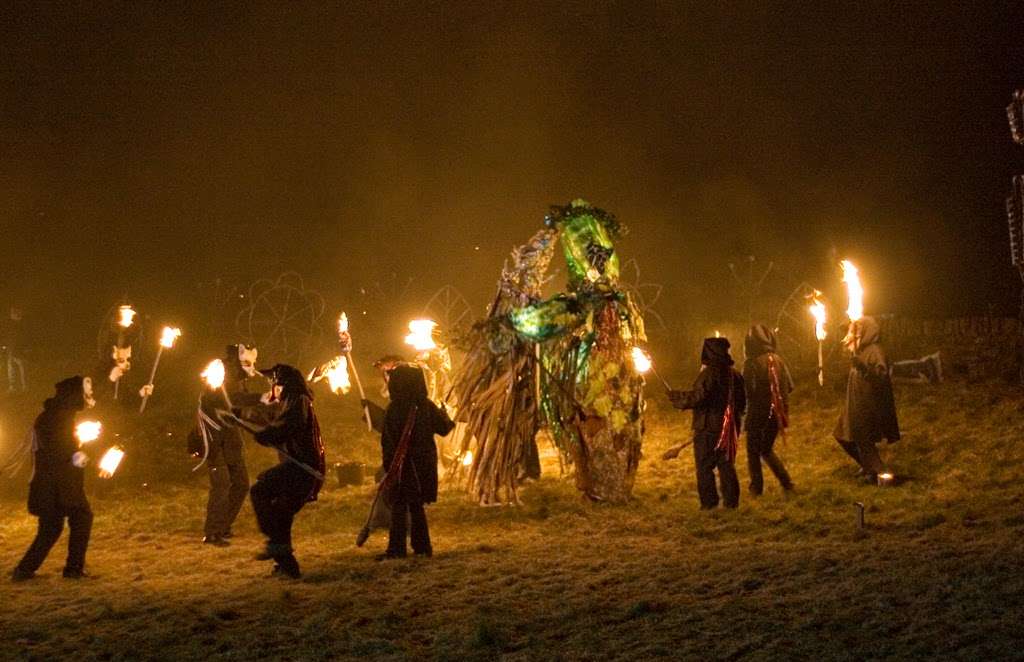
To protect themselves, people lit bonfires, wore disguises, and offered food to wandering spirits. In other words, the original Halloween was anything but child-friendly. It was a serious, spiritual observance meant to acknowledge mortality and safeguard communities from forces beyond human control.
As Christianity spread, Samhain merged with All Saints’ Day and All Souls’ Day, turning the pagan rituals into a blend of religious observance and folk practice. The association with death remained, but rituals softened into more symbolic acts: lighting candles, praying for the dead, and dressing up as saints or angels. Still, the mood was solemn, not playful.
The American Transformation of Halloween
Halloween only began to resemble its modern form after crossing the Atlantic. European immigrants brought their customs to North America, where traditions evolved in surprising ways. By the late 19th and early 20th century, Halloween in the United States was already shifting away from religious observance and becoming more of a communal, secular holiday.
The turning point came in the early 20th century when communities began organizing Halloween parades, parties, and games specifically aimed at children. The scarier elements of Halloween were toned down, replaced with playful costumes and sweets. Newspapers of the era encouraged parents to focus on “wholesome fun” rather than ghostly terrors. What was once a night of fear became a night of controlled mischief.
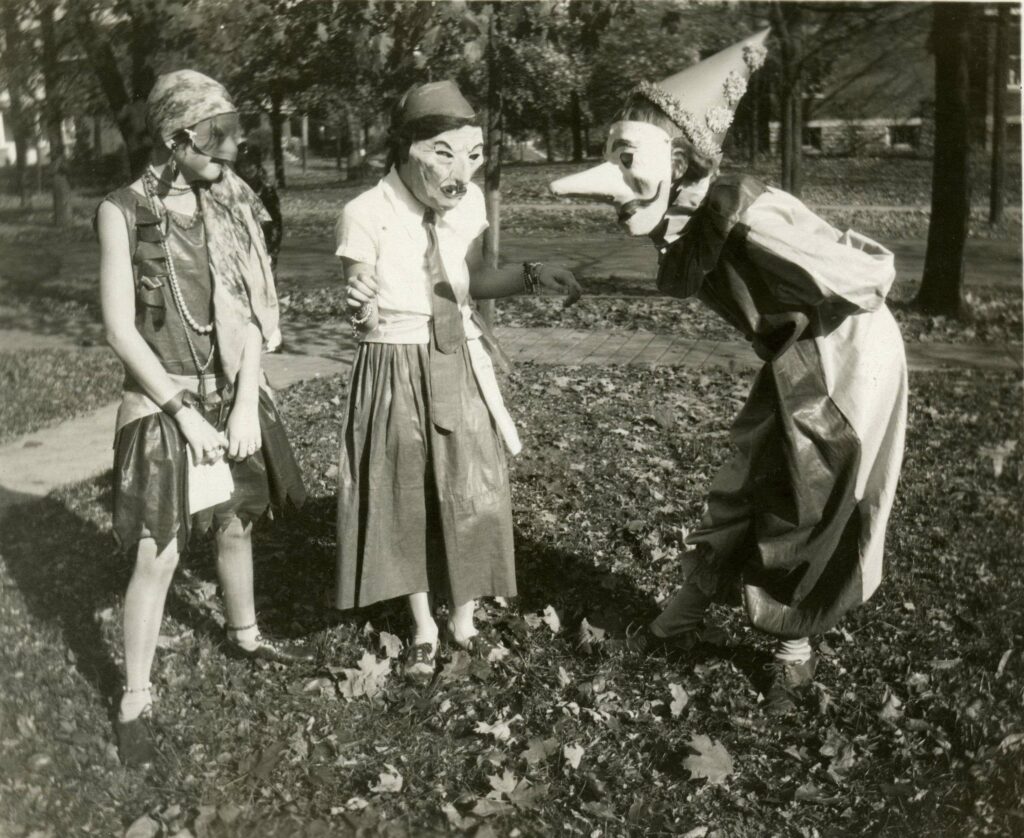
The commercialization of Halloween in the mid-20th century accelerated this transformation. Candy companies, costume manufacturers, and toy brands saw the opportunity to market the holiday to children. Trick-or-treating, which had roots in medieval “souling” and Scottish “guising,” became mainstream in America during the 1940s and 1950s. By the postwar era, Halloween had firmly become a children’s holiday, celebrated in suburban neighborhoods across the country.
Why Fear Becomes Playful for Children
The paradox of Halloween lies in its psychology. Why would parents willingly expose children to imagery of death, ghosts, and monsters? The answer is that Halloween transforms fear into fun. The holiday offers children a safe environment to explore what frightens them.
Fear, in controlled doses, can be thrilling. Psychologists argue that Halloween provides children with “benign masochism”—the pleasure of experiencing fear without real danger. When a child wears a vampire costume, or walks past a fake skeleton on a neighbor’s lawn, they are flirting with fear but within boundaries. This builds resilience, helping them learn that darkness and monsters are not truly threatening.

Halloween costumes also empower children. By dressing as witches, superheroes, or even monsters themselves, they symbolically take control of the things that scare them. The transformation flips the narrative: instead of being afraid of monsters, they become the monster, turning fear into play.
Candy sweetens the deal. The promise of sugar and rewards makes the spooky atmosphere not only tolerable but exciting. The mind learns to associate skeletons and ghosts with laughter and chocolate, rather than dread.
Trick-or-Treating: Fear Turned Into Community
Trick-or-treating perfectly illustrates how a frightening holiday became child-centered. On paper, the concept sounds ominous: children wandering at night, masked, demanding goods from strangers under the threat of “tricks.” Yet in practice, it has become one of the most wholesome traditions of suburban life.
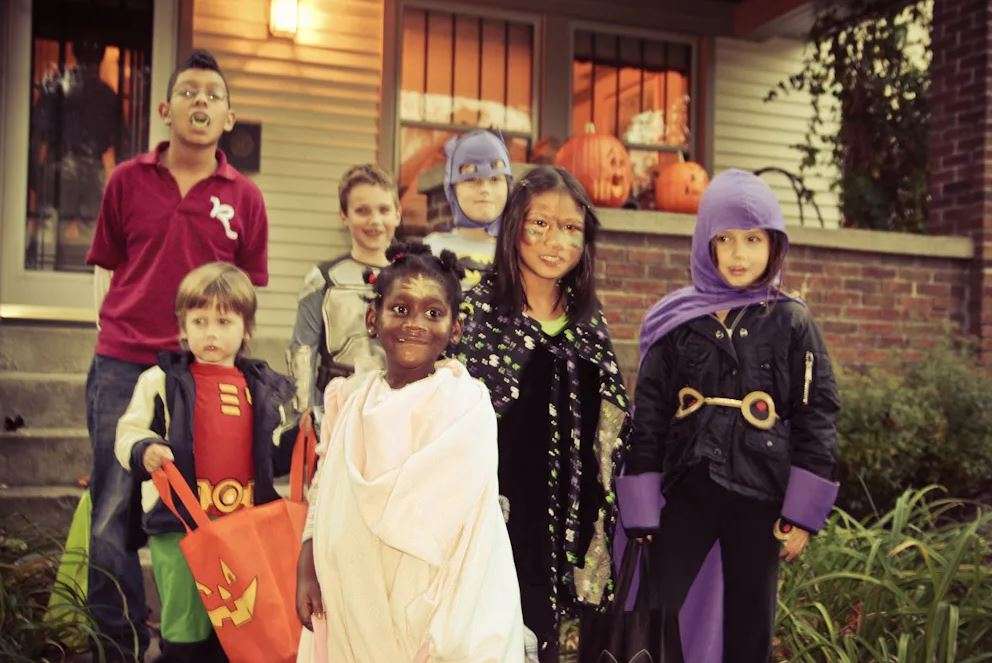
The act of going door-to-door allows children to step into the liminal space of Halloween. They are out after dark, among costumed figures, facing eerie decorations—but all within the safety of their own neighborhood. Parents watch from sidewalks, porch lights signal safety, and the community comes together in shared celebration. Trick-or-treating turns the fear of the unknown into a ritual of generosity and joy.
Commercialization: The Candy-Coated Transformation
The role of commercialization cannot be overstated in making Halloween a children’s holiday. Candy companies, starting in the mid-20th century, aggressively marketed Halloween as the ultimate occasion for sweets. Hershey’s, Mars, and Nestlé all tied their products to the tradition of trick-or-treating, creating ads that emphasized children’s excitement.

Costume companies followed suit, producing mass-market costumes that made dressing up more accessible. Instead of scary disguises meant to ward off spirits, costumes became colorful and fun—superheroes, princesses, cartoon characters. Retailers saw the profit potential and leaned into the narrative of Halloween as a holiday for kids, further softening its darker edges.
By the late 20th century, the holiday had fully crystallized as both child-friendly and consumer-driven. The spooky atmosphere remained, but it was wrapped in candy corn and plastic pumpkins.
Pop Culture: Cartoons, Movies, and Safe Spooks
Pop culture has also played a massive role in making Halloween kid-friendly. Television shows and movies of the 20th century created a lighter, often comedic version of Halloween. Specials like It’s the Great Pumpkin, Charlie Brown (1966) and shows like Scooby-Doo taught children that ghosts and ghouls could be more silly than scary.
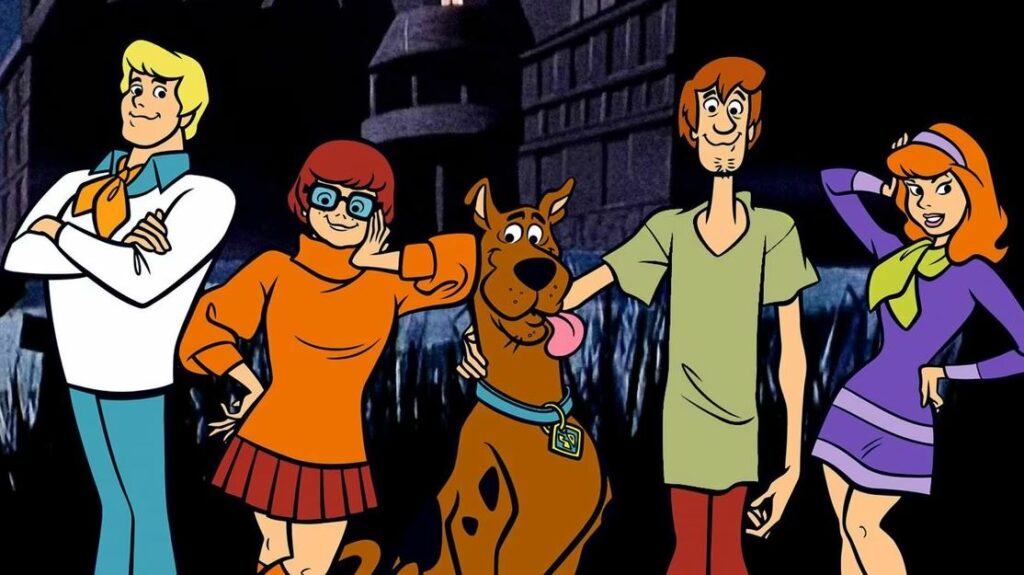
By the Millennial childhood years—1990s and 2000s Halloween was dominated by family-friendly movies like Hocus Pocus, Casper, and Halloweentown. Even horror-adjacent films marketed to children, like Goosebumps or Are You Afraid of the Dark?, turned fright into playful thrills. Pop culture essentially rebranded Halloween’s imagery, teaching children that witches could be funny, skeletons could dance, and haunted houses could be silly adventures.
The Role of Adults: Why Parents Embrace Halloween for Kids
Parents, too, have played a role in cementing Halloween as a children’s holiday. Unlike Christmas, which involves heavy planning, or Easter, which is rooted in religious tradition, Halloween offers parents a relatively low-stakes opportunity to create joy for their kids. Decorating the house, buying costumes, and handing out candy are simple, fun acts that require less emotional labor.
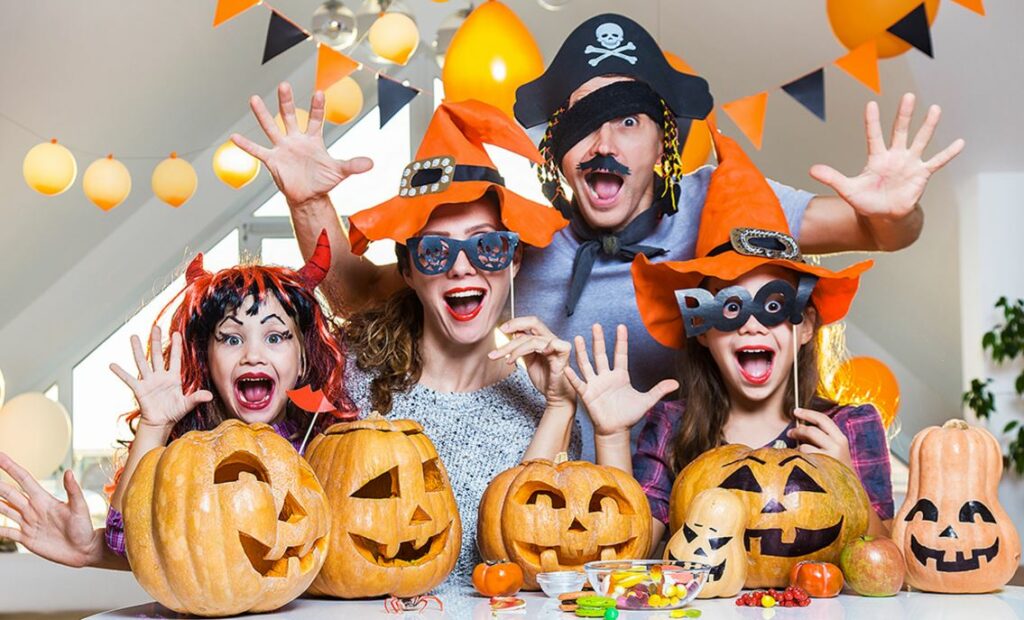
Moreover, this holiday allows parents to relive their own childhood memories. Many Millennials today still recall the thrill of trick-or-treating and want to pass it down to their children. The cycle reinforces itself: what was once scary for ancient Celts becomes fun for each new generation of kids.
The Growing Adult Halloween Scene
While Halloween is undeniably child-focused, in recent decades it has also grown into an adult holiday. Millennials and Gen Z have revived its darker, more playful aspects through costume parties, horror marathons, and bar crawls. Adults now spend billions annually on this holiday, rivaling Christmas in consumer spending.

Still, the child-friendly side remains dominant in suburban neighborhoods. Adults may indulge in elaborate costumes or haunted attractions, but the heart of Halloween—the porch lights, the buckets of candy, the sound of children shouting “trick or treat”—remains centered on kids.
The Paradox Explained
So why is a holiday about fear, one that belongs to children? The answer is simple: it provides a safe, playful confrontation with the darker side of life. Death, ghosts, and monsters are frightening, but by turning them into costumes, decorations, and candy, culture transforms them into symbols of joy.

Halloween teaches children resilience, imagination, and community. It takes the scariest aspects of human existence and frames them as games. The holiday’s very power lies in this paradox: that we can laugh at skeletons, smile at ghosts, and hand out candy in the shadow of death.
Conclusion: Sweetness in the Shadows
Halloween remains one of the most unusual holidays in the modern calendar. Its roots are dark, its symbols macabre, and its imagery tied to fear itself. And yet, for children, it is one of the most magical and anticipated nights of the year.
The transformation of Halloween into a children’s holiday is not a contradiction but a reflection of human creativity. We take what frightens us and turn it into play. We pass down traditions that once belonged to pagan rituals and reframe them as opportunities for imagination and joy. And in the process, we show the next generation that even in the face of fear, there can be sweetness in the shadows.

